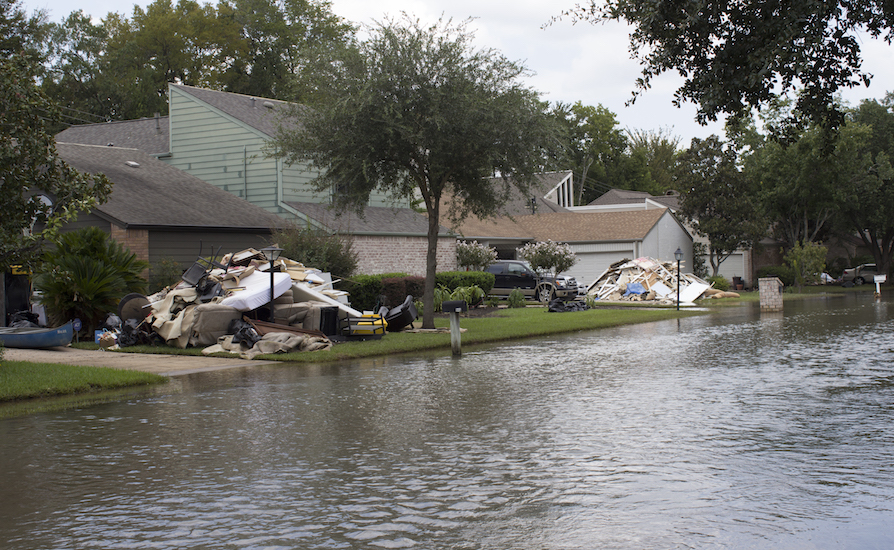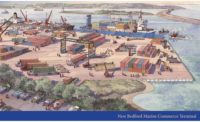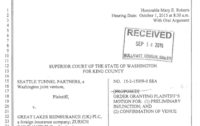ClimateWise, a coalition of big insurers that includes Zurich, Allianz, Lloyd's, Swiss Re and Prudential, is studying the way insurers can prevent property and infrastructure investment decisions from being made without regard for climate-change risk.
A study—supported by the group and its host institution, the University of Cambridge Institute for Sustainability Leadership, asked, "What would it mean if the catastrophic property damage and insurance losses of 2005 and 2011 were to become the 'new normal'?" The World Meteorological Organization recently has raised similar concerns.
Judged by the recent hurricanes in Texas and Florida, the "new normal" may be here already.
The early estimates for damaged caused by Irma in Florida and Harvey in Texas are already well into the tens of billions of dollars.
Air Risk Worldwide estimates the combined U.S. insured losses for Hurricane Irma at $25 billion to $35 billion, with Caribbean countries adding another $7 billion to $15 billion. Hurricane Harvey inflicted $65 billion to $75 billion in flood damage, as opposed to insured losses.
While, at the moment, the insurance industry appears capable of absorbing this latest blow, the longer-term trends point to trouble ahead.
Protection Gap
As losses from big storms mount, there is a growing "protection gap" between the amount of economic damaged wreaked by ever-more intense storms and the amount of damage covered by insurance, warns another recent ClimateWise report.
There were more than 1,000 natural catastrophes in 2015, the highest number on record, causing $90 billion in damage, the report observes. That number very well could be surpassed this year as 2017 enters the home stretch.
However, only about 30% of storm damage between 2004 and 2014 was insured, leaving businesses, homeowners and governments to pick up the tab for $1.3 trillion in losses, according to a Swiss Re study, cited by ClimateWise.
But one way the insurance industry is trying to cope with a more storm-tossed world is by encouraging greater attention to resiliency in both the design of buildings and public infrastructure.
Approaches to resiliency can range from helping the public sector to plan by providing the latest data on the potential impacts of climate change on cities across the world to directly investing in some of the infrastructure designed to help blunt the impact of big storms and rising seas, ClimateWise notes.




